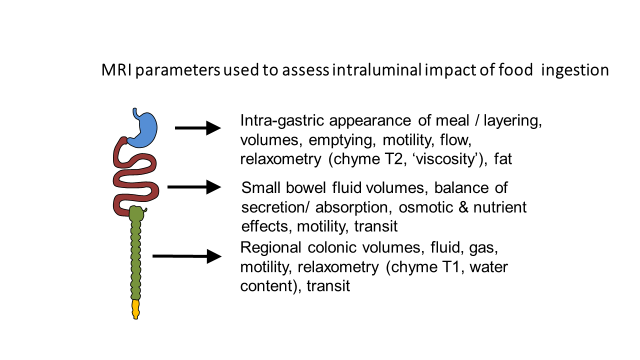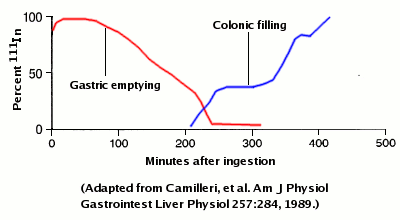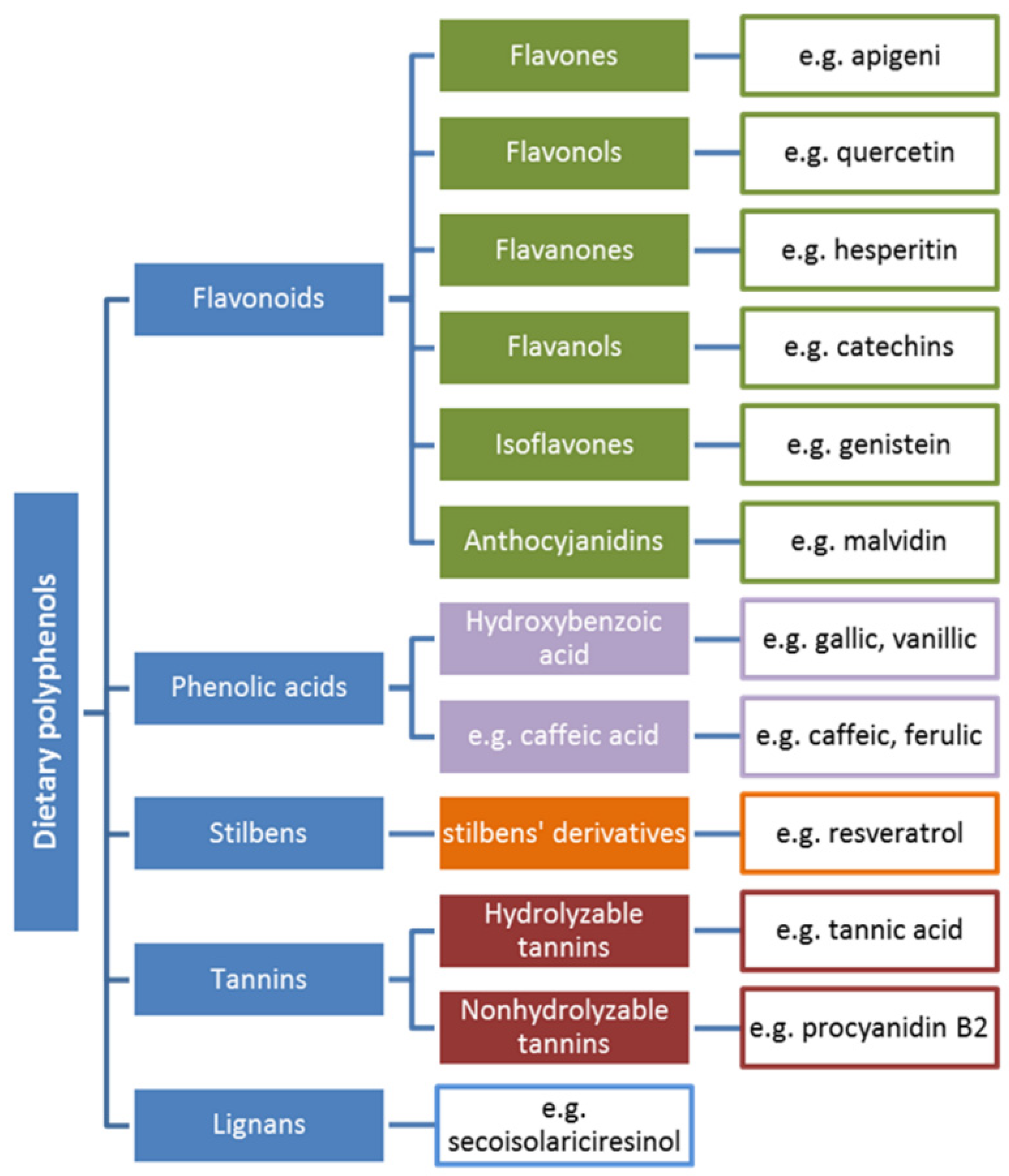Your What percentage of a meal has been absorbed by the time it leaves the small intestine images are available. What percentage of a meal has been absorbed by the time it leaves the small intestine are a topic that is being searched for and liked by netizens now. You can Get the What percentage of a meal has been absorbed by the time it leaves the small intestine files here. Download all free images.
If you’re searching for what percentage of a meal has been absorbed by the time it leaves the small intestine pictures information related to the what percentage of a meal has been absorbed by the time it leaves the small intestine interest, you have come to the ideal blog. Our website always provides you with hints for seeking the highest quality video and image content, please kindly surf and locate more informative video content and graphics that match your interests.
What Percentage Of A Meal Has Been Absorbed By The Time It Leaves The Small Intestine. Your small intestine allows about 3 cups of unabsorbed residue to travel into the cecum each day. This just leaves waste material that the body doesnt need or cant digest. In healthy humans roughly 50 percent of stomach contents empty in two and a half to three hours and totally empty in four to five hours after a standard meal according to a review published in the February 2018 issue of Nutrients. Human feces or faeces in British English is the solid or semisolid remains of food that could not be digested or absorbed in the small intestine of humans but has been further broken down by bacteria in the large intestine.
 An Apple A Day Keeps The Pcos Away Pcos Cholesterol Free Recipes Apple Health Benefits From pinterest.com
An Apple A Day Keeps The Pcos Away Pcos Cholesterol Free Recipes Apple Health Benefits From pinterest.com
Human feces or faeces in British English is the solid or semisolid remains of food that could not be digested or absorbed in the small intestine of humans but has been further broken down by bacteria in the large intestine. What percent of the meal has been absorbed by the time it leaves the small intestine. It also contains bacteria and a relatively small amount of metabolic waste products such as bacterially altered bilirubin and the dead epithelial cells from the lining. The Ilium is where most of the absorption of nutrients from the food we eat takes place. The ileum is well adapted for this task having a narrow lumen and well convoluted to move food slowly and give time for absorption. This just leaves waste material that the body doesnt need or cant digest.
The residue enters the large intestine through the ileocecal sphincter which allows material to pass into the cecum but prevents the backflow of fecal matter into the small intestine.
Student Response Feedback Student Response Feedback B. Much has been learned about carbohydrate digestion and absorption over the last 20 years and this new knowledge has in many ways changed completely the way we think about dietary carbohydrates. Answer to What percentage of a meal has been absorbed by the time it leaves the small intestineA. A walnut-sized muscular valve at the outlet of the stomach called the pylorus pie-LOR-us keeps chyme in the stomach until it reaches the right consistency to pass into the small intestine. The body requires another two and a half to three hours before 50 percent of the contents of the small intestine empty and 30 to 40 hours for the remaining components. By the time food is ready to leave the stomach it has been processed into a thick liquid called chyme kime.
 Source: khanacademy.org
Source: khanacademy.org
Fermentation liberates hydrogen gas which diffuses into blood and is exhaled in breath where it can be readily measured. This just leaves waste material that the body doesnt need or cant digest. What percentage of a meal has been absorbed by the time it leaves the small intestine. What percent of the meal has been absorbed by the time it leaves the small intestine. By the time the contents reach the large intestine most of the digested food has been absorbed.
 Source: janeshealthykitchen.com
Source: janeshealthykitchen.com
The residue enters the large intestine through the ileocecal sphincter which allows material to pass into the cecum but prevents the backflow of fecal matter into the small intestine. Human feces or faeces in British English is the solid or semisolid remains of food that could not be digested or absorbed in the small intestine of humans but has been further broken down by bacteria in the large intestine. By the time the ingesta enters the large intestine approximately 80 of this fluid has been absorbed. The residue enters the large intestine through the ileocecal sphincter which allows material to pass into the cecum but prevents the backflow of fecal matter into the small intestine. This just leaves waste material that the body doesnt need or cant digest.
 Source: pinterest.com
Source: pinterest.com
The Ilium is where most of the absorption of nutrients from the food we eat takes place. Answer to What percentage of a meal has been absorbed by the time it leaves the small intestineA. Your small intestine allows about 3 cups of unabsorbed residue to travel into the cecum each day. The Ilium is where most of the absorption of nutrients from the food we eat takes place. Student Response Feedback Student Response Feedback B.
 Source: openoregon.pressbooks.pub
Source: openoregon.pressbooks.pub
By the time the ingesta enters the large intestine approximately 80 of this fluid has been absorbed. Student Response Feedback Student Response Feedback B. This just leaves waste material that the body doesnt need or cant digest. Answer to What percentage of a meal has been absorbed by the time it leaves the small intestineA. Human feces or faeces in British English is the solid or semisolid remains of food that could not be digested or absorbed in the small intestine of humans but has been further broken down by bacteria in the large intestine.
 Source: openoregon.pressbooks.pub
Source: openoregon.pressbooks.pub
A number of carbohydrates are very poorly digested or absorbed in the small intestine but readily fermented by bacteria when they reach the large intestine. Digestion absorption and energy value of carbohydrates. 95 under normal circumstances What the stomach does in the digestion system. The pathway of the digestive system follows four stages ingestion digestion absorption and. What percentage of a meal has been absorbed by the time it leaves the small intestine.
 Source: mdpi.com
Source: mdpi.com
What of a meal has been absorbed by the time it leaves the small intestine. This just leaves waste material that the body doesnt need or cant digest. By the time the contents reach the large intestine most of the digested food has been absorbed. The residue enters the large intestine through the ileocecal sphincter which allows material to pass into the cecum but prevents the backflow of fecal matter into the small intestine. Student Response Feedback Student Response Feedback B.
 Source: vivo.colostate.edu
Source: vivo.colostate.edu
What of a meal has been absorbed by the time it leaves the small intestine. By the time the contents reach the large intestine most of the digested food has been absorbed. What percentage of a meal has been absorbed by the time it leaves the small intestine. What of a meal has been absorbed by the time it leaves the small intestine. The Ilium is where most of the absorption of nutrients from the food we eat takes place.
 Source: pressbooks.bccampus.ca
Source: pressbooks.bccampus.ca
Answer to What percentage of a meal has been absorbed by the time it leaves the small intestineA. Human feces or faeces in British English is the solid or semisolid remains of food that could not be digested or absorbed in the small intestine of humans but has been further broken down by bacteria in the large intestine. 95 under normal circumstances What the stomach does in the digestion system. The ileum is well adapted for this task having a narrow lumen and well convoluted to move food slowly and give time for absorption. By the time food is ready to leave the stomach it has been processed into a thick liquid called chyme kime.
 Source: mdpi.com
Source: mdpi.com
95 under normal circumstances What the stomach does in the digestion system. 95 under normal circumstances What the stomach does in the digestion system. By the time the ingesta enters the large intestine approximately 80 of this fluid has been absorbed. Much has been learned about carbohydrate digestion and absorption over the last 20 years and this new knowledge has in many ways changed completely the way we think about dietary carbohydrates. Human feces or faeces in British English is the solid or semisolid remains of food that could not be digested or absorbed in the small intestine of humans but has been further broken down by bacteria in the large intestine.
 Source: www2.estrellamountain.edu
Source: www2.estrellamountain.edu
What of a meal has been absorbed by the time it leaves the small intestine. What percentage of a meal has been absorbed by the time it leaves the small intestine. What of a meal has been absorbed by the time it leaves the small intestine. This just leaves waste material that the body doesnt need or cant digest. Human feces or faeces in British English is the solid or semisolid remains of food that could not be digested or absorbed in the small intestine of humans but has been further broken down by bacteria in the large intestine.
 Source: pinterest.com
Source: pinterest.com
The body requires another two and a half to three hours before 50 percent of the contents of the small intestine empty and 30 to 40 hours for the remaining components. Digestion absorption and energy value of carbohydrates. Your small intestine allows about 3 cups of unabsorbed residue to travel into the cecum each day. Answer to What percentage of a meal has been absorbed by the time it leaves the small intestineA. Student Response Feedback Student Response Feedback B.
 Source: pinterest.com
Source: pinterest.com
Net movement of water across cell membranes always occurs by osmosis and the fundamental concept needed to understand absorption in the small gut is that there is a tight coupling between water and solute absorption. Your small intestine allows about 3 cups of unabsorbed residue to travel into the cecum each day. Answer to What percentage of a meal has been absorbed by the time it leaves the small intestineA. Fermentation liberates hydrogen gas which diffuses into blood and is exhaled in breath where it can be readily measured. The ileum is well adapted for this task having a narrow lumen and well convoluted to move food slowly and give time for absorption.
 Source: pinterest.com
Source: pinterest.com
The pathway of the digestive system follows four stages ingestion digestion absorption and. It also contains bacteria and a relatively small amount of metabolic waste products such as bacterially altered bilirubin and the dead epithelial cells from the lining. The pathway of the digestive system follows four stages ingestion digestion absorption and. By the time food is ready to leave the stomach it has been processed into a thick liquid called chyme kime. Human feces or faeces in British English is the solid or semisolid remains of food that could not be digested or absorbed in the small intestine of humans but has been further broken down by bacteria in the large intestine.
 Source: pinterest.com
Source: pinterest.com
What percentage of a meal has been absorbed by the time it leaves the small intestine. 95 under normal circumstances What the stomach does in the digestion system. It also contains bacteria and a relatively small amount of metabolic waste products such as bacterially altered bilirubin and the dead epithelial cells from the lining. Digestion absorption and energy value of carbohydrates. By the time the contents reach the large intestine most of the digested food has been absorbed.
 Source: pinterest.com
Source: pinterest.com
What percentage of a meal has been absorbed by the time it leaves the small intestine. The residue enters the large intestine through the ileocecal sphincter which allows material to pass into the cecum but prevents the backflow of fecal matter into the small intestine. Answer to What percentage of a meal has been absorbed by the time it leaves the small intestineA. A walnut-sized muscular valve at the outlet of the stomach called the pylorus pie-LOR-us keeps chyme in the stomach until it reaches the right consistency to pass into the small intestine. By the time the contents reach the large intestine most of the digested food has been absorbed.
 Source: courses.lumenlearning.com
Source: courses.lumenlearning.com
Human feces or faeces in British English is the solid or semisolid remains of food that could not be digested or absorbed in the small intestine of humans but has been further broken down by bacteria in the large intestine. Digestion absorption and energy value of carbohydrates. It also contains bacteria and a relatively small amount of metabolic waste products such as bacterially altered bilirubin and the dead epithelial cells from the lining. The residue enters the large intestine through the ileocecal sphincter which allows material to pass into the cecum but prevents the backflow of fecal matter into the small intestine. This just leaves waste material that the body doesnt need or cant digest.
 Source: openoregon.pressbooks.pub
Source: openoregon.pressbooks.pub
The body requires another two and a half to three hours before 50 percent of the contents of the small intestine empty and 30 to 40 hours for the remaining components. Fermentation liberates hydrogen gas which diffuses into blood and is exhaled in breath where it can be readily measured. This just leaves waste material that the body doesnt need or cant digest. Digestion absorption and energy value of carbohydrates. The Ilium is where most of the absorption of nutrients from the food we eat takes place.
 Source: courses.lumenlearning.com
Source: courses.lumenlearning.com
What of a meal has been absorbed by the time it leaves the small intestine. Fermentation liberates hydrogen gas which diffuses into blood and is exhaled in breath where it can be readily measured. The pathway of the digestive system follows four stages ingestion digestion absorption and. The Ilium is where most of the absorption of nutrients from the food we eat takes place. It also contains bacteria and a relatively small amount of metabolic waste products such as bacterially altered bilirubin and the dead epithelial cells from the lining.
This site is an open community for users to submit their favorite wallpapers on the internet, all images or pictures in this website are for personal wallpaper use only, it is stricly prohibited to use this wallpaper for commercial purposes, if you are the author and find this image is shared without your permission, please kindly raise a DMCA report to Us.
If you find this site helpful, please support us by sharing this posts to your favorite social media accounts like Facebook, Instagram and so on or you can also bookmark this blog page with the title what percentage of a meal has been absorbed by the time it leaves the small intestine by using Ctrl + D for devices a laptop with a Windows operating system or Command + D for laptops with an Apple operating system. If you use a smartphone, you can also use the drawer menu of the browser you are using. Whether it’s a Windows, Mac, iOS or Android operating system, you will still be able to bookmark this website.





